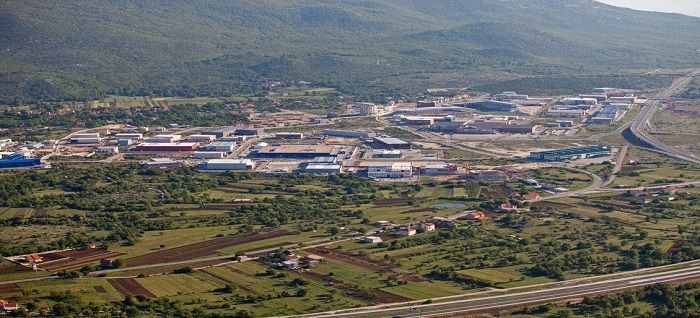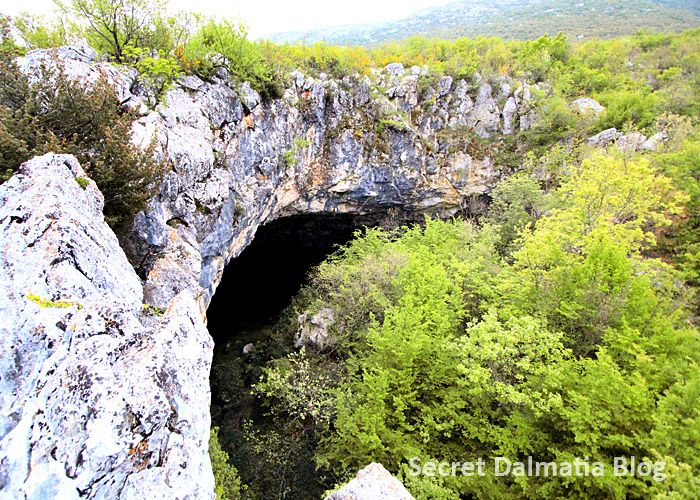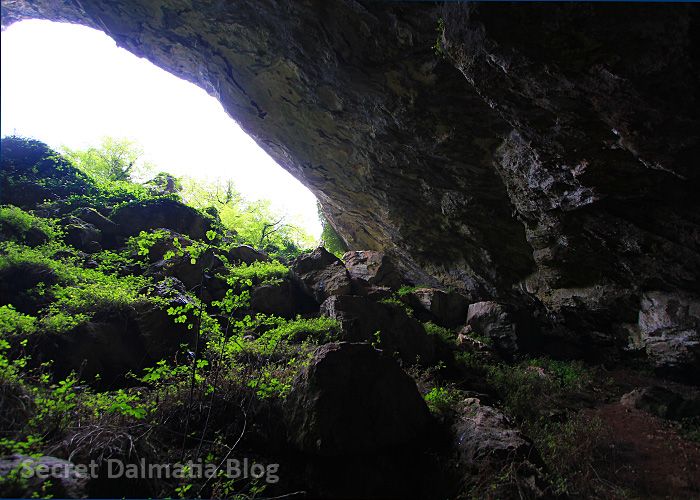Dugopolje Beyond the Shopping and the Motorway
Of all the places that have undergone change in my twelve years in Dalmatia, no town has been transformed as much as Dugopolje. The town, whose name translates as 'Long Field' used to be a relatively quiet place about 20 minutes by car, with its own traditions, attractions and natural beauty.
And then came the motorway...
The name Dugopolje has become much better known in recent years, as the motorway exit to Split is located next to the town. A fast motorway has opened up other opportunities, and the business park which has mushroomed around the motorway exit is now one of the most important shopping destinations in the country, with an increasing number of leading businesses opening huge stores there. It has become an important out of town shopping experience for people from Split and beyond.
But did you know...

Dugopolje experienced the largest rise in tourism in the whole of Central Dalmatia last year, beating more fashionable destinations such as Split and Hvar? A large part of the reason was the opening of the 4-star Hotel Katarina, whose high levels of service, spa facilities and great prices have made it an excellent choice even for people staying in Split. With a short commute into the city, Dugopolje offers the best of both worlds - an escape to nature and an affordable overnight experience in comfort away from the crowds. Learn more about Hotel Katarina here.

Dugopolje's history dates back to 1283, when it was under the administration of neighbouring Klis, but its real treasures are below and above ground level. The imperious Mosor mountain, part of the imposing Dinaric Alps which dominate the skyline in the Zagora region. It is ia kiking and hunting paradise, with plenty of indigenous flora and fauna to enjoy. A short drive from the coast, but offering an altogether different perspective on the natural beauty of Dalmatia.

Perhaps Dugopolje's bes-known attraction is underground - the spectacular Vranjaca Cave, just 10 minutes from the town. In the words of the Dugopolje Tourist Board:
The Vranjača cave is located in the settlement of Kotlenice, a mere 10-minute ride from Dugopolje. It is situated at the foothill of the central part of the Mosor Mountain, to its right. The cave consists of two parts: the entrance, the so-called atrium, which has been known to the locals since ancient times and the other part, discovered in 1903 by Stipe Punda, the owner of the land where the cave is located. The cave was opened for tourists in 1929. A small natural corridor leads from the entrance hall to a hall filled with cave formations of different shapes and colours. The cave is specific in that its internal temperature is constant throughout the year and is around 15⁰C. Filled with stalactites, stalagmites, columns and arches, Vranjača is one of the most beautiful gems of the nature of the karst region, and was declared a protected geomorphologic natural monument in 1963. The starting point of the hiking trails leading to the Vickov stup summit (1325 m) is located in the vicinity of the Vranjača cave. The Punda family trade from Kotlenice organises visits to the cave, maintains and manages the cave.
Learn more about Dugopolje on the official tourist board website.
Take a tour of Vranjaca in the video below.
Kraljeva peć, Dugopolje – King’s Cave
A few weeks ago I heard about the King’s cave near Dugopolje from Mr. Tonči Radja and I immediately accepted the invitation to go there and visit. There are thousands of caves and pits in Dalmatia alone but it is hard to find them. Really hard. Even a cave of this proportion!

Kraljeva peć or King’s Cave is one of the most impressive caves with a huge opening spanning over 50 meters. The name King’s Cave probably comes form the mere grandeur of it but, with all the events happening in the region for past thousand years or so, it would be no wonder if someone important hid there. The cave is large enough to accommodate few hundred people so it, almost undoubtedly, served as a refuge at difficult times.

There are large boulders at the very entrance probably as a result of a collapse of the entrance at some point long, long time ago. The bushes and trees are already covering part of the entrance and there is only a narrow trail that leads inside.

The cave is truly of grand proportions! The entrance is over 50 meters wide and it is about 20 – 30 meters high. It narrows as one descends inside probably because of all the layers of rocks and soil but it is still quite large.

The interior is not much decorated but there are few interesting cave decorations and shiny rocks.

…and some interesting mushrooms.

We also saw an owl but we did not want to disturb it so we did not try to get photos of it. It silently few around us twice. There is a lot of evidence of human activities in the cave: from the remains of bonfires to empty bullet cases of local hunters. We don’t like disturbing or ruining so our goal was just to enjoy this spectacular space and to admire it’s beauty. And to hunt for some interesting bugs: this cave – with another one near by – are the only known habitat of an endemic cave centipede. It also lives only at one side of the cave. And nowhere else in the world! Unfortunately, there were no bats..

Of course, we went with a professional and besides, we all have licences to enter caves as we are licensed members of famous Speleological Society “Špiljar”, Split.

As we climbed our way back, the sun seemed much stronger and all the sounds of nature sounded louder. The peacefulness of caves cannot be replicated in the day light.

